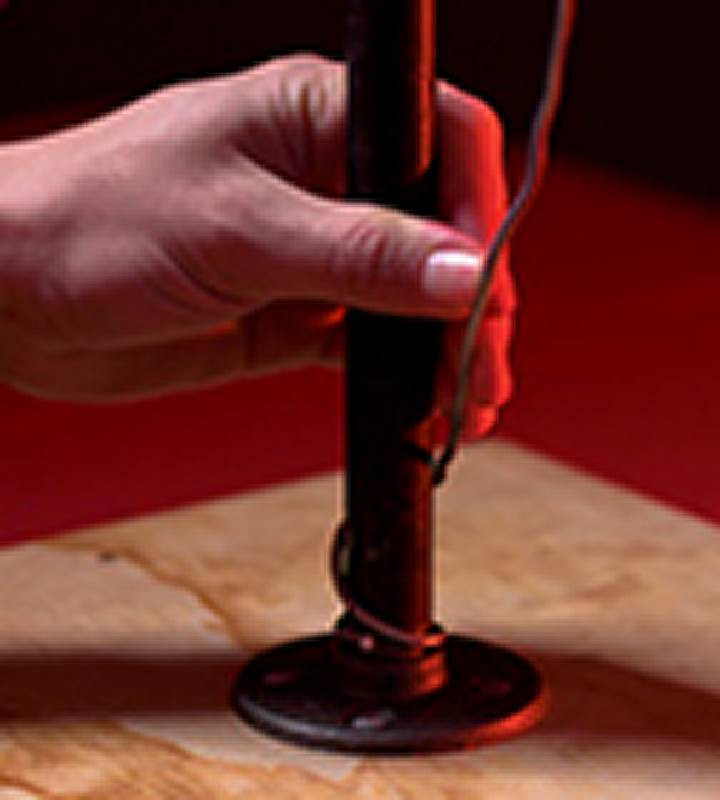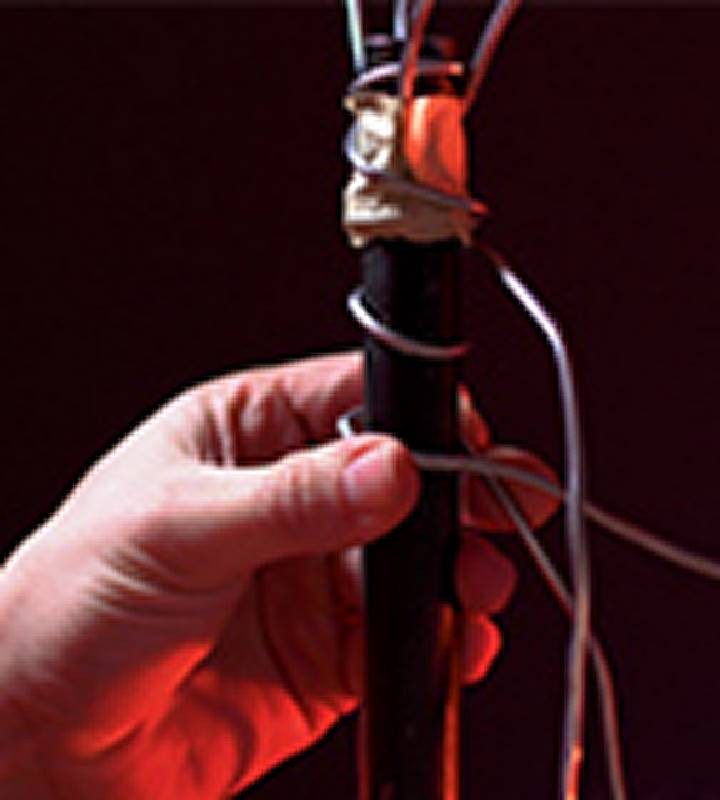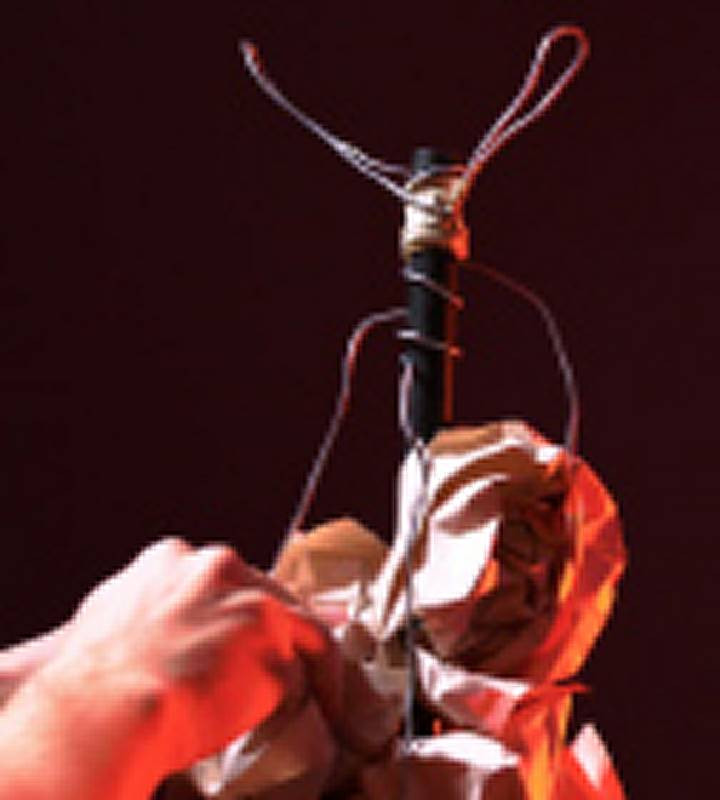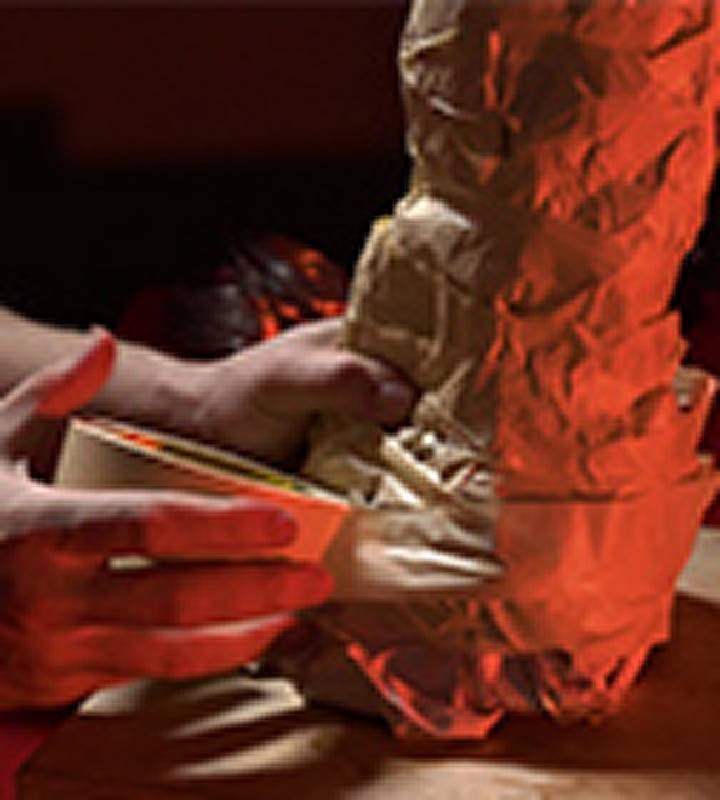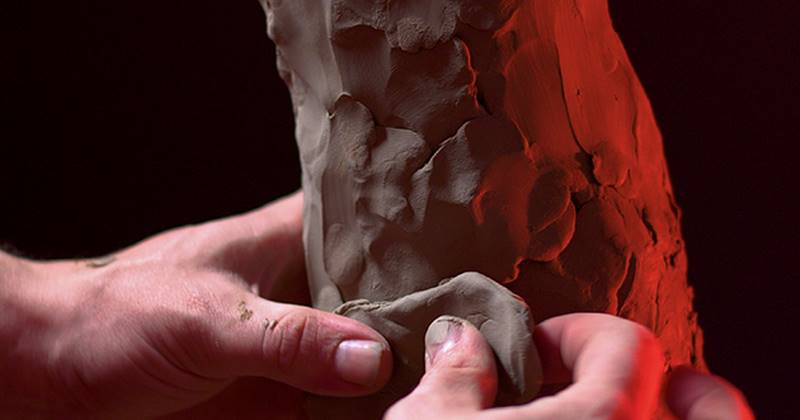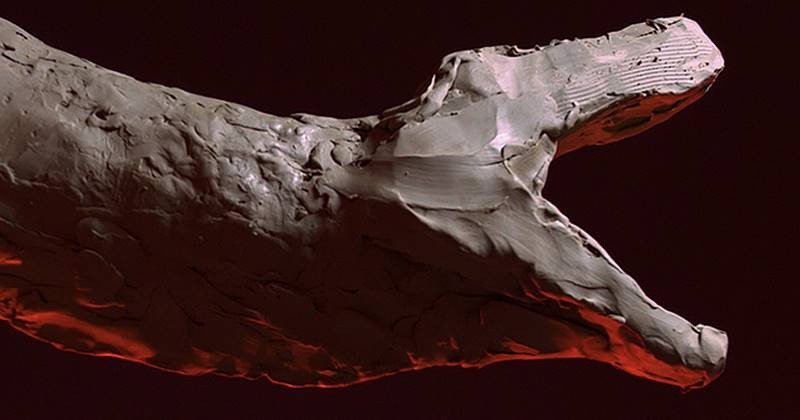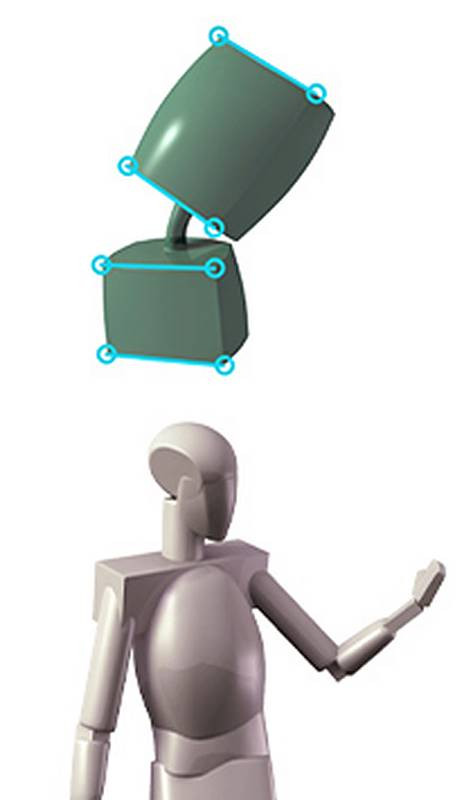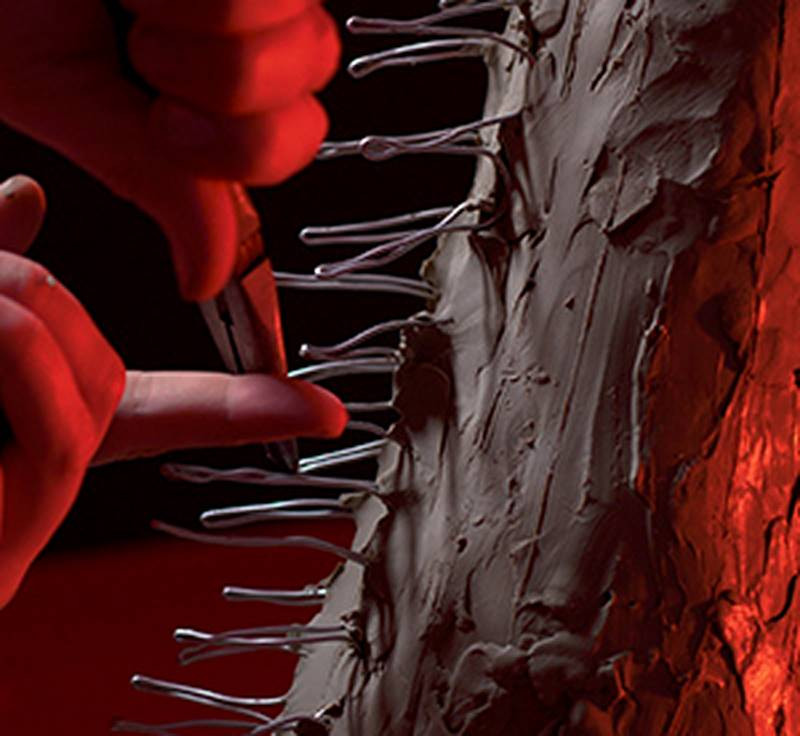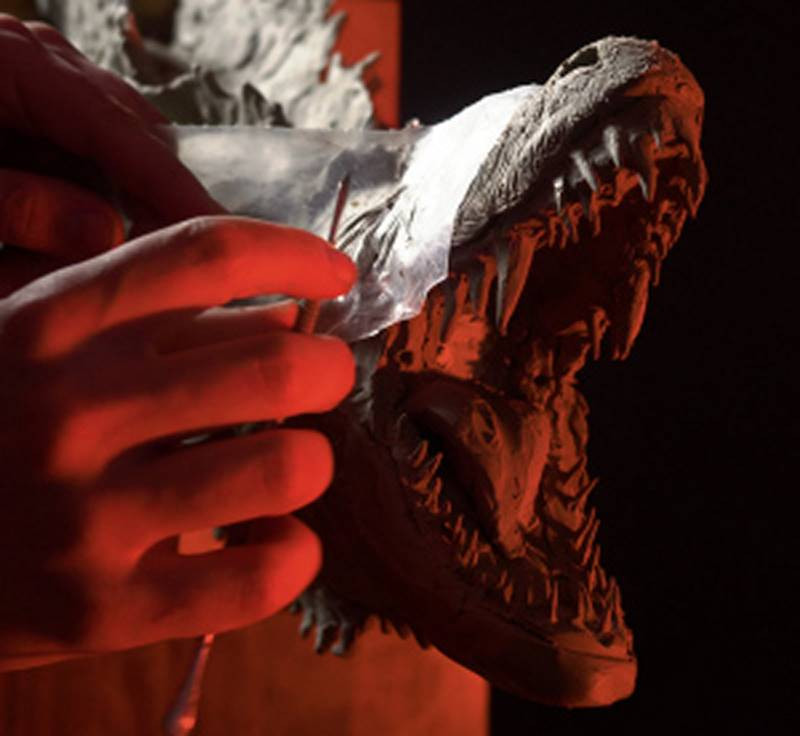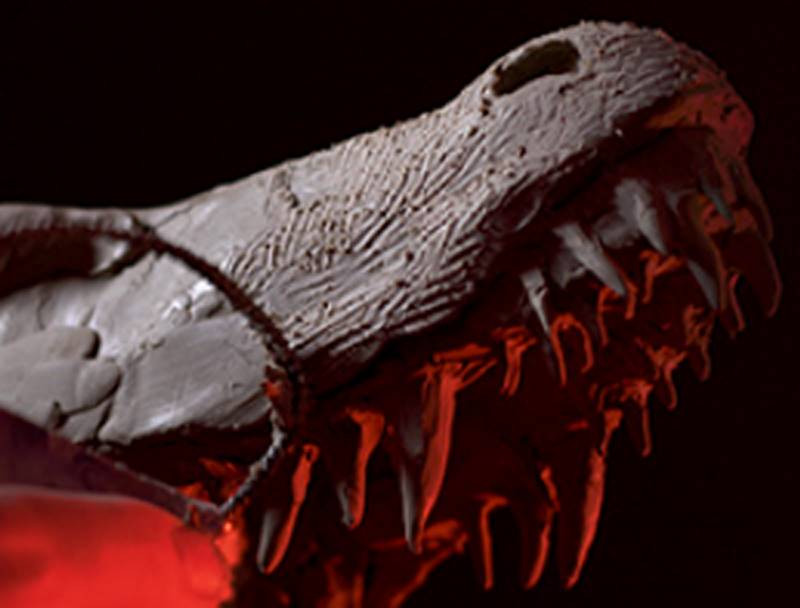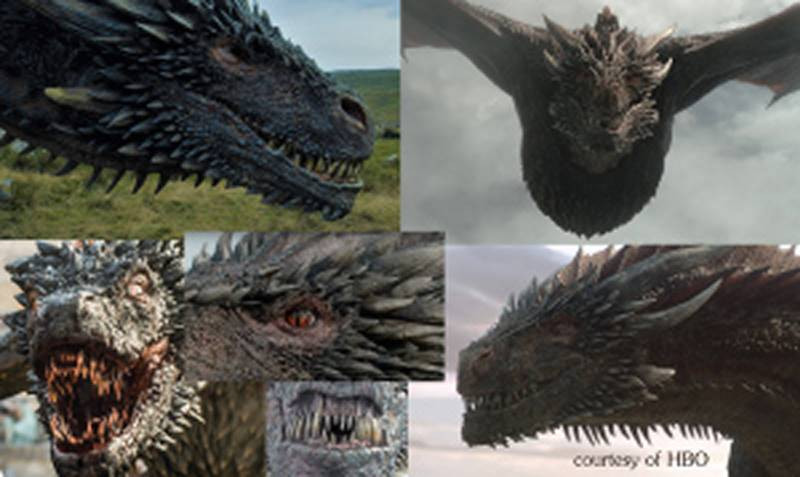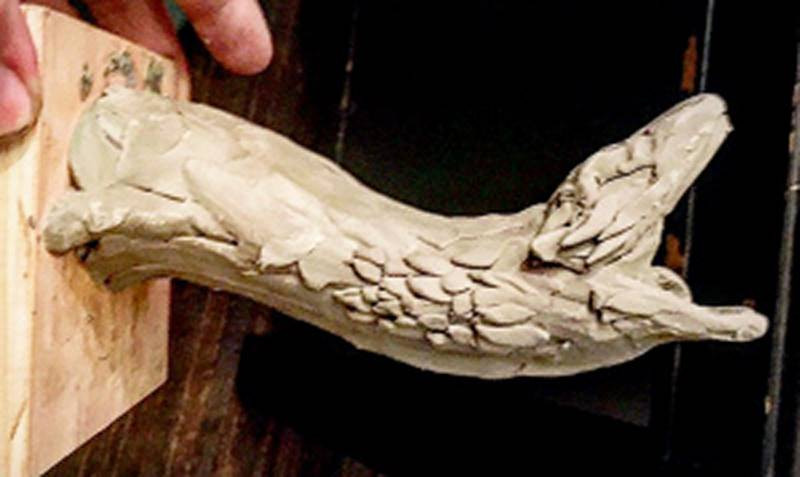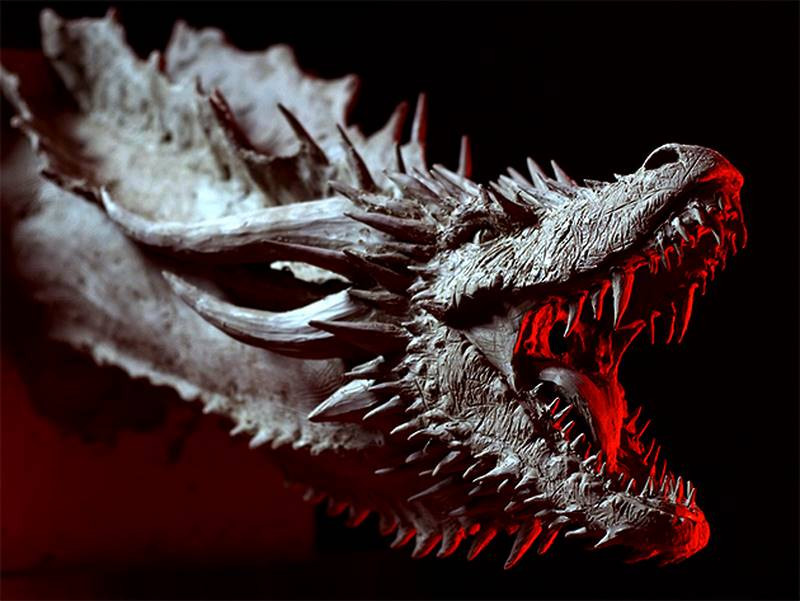The Dragon is back! In this video, sculptor Andrew Keith shows us step by step how he sculpts a game of thrones dragon from start to finish. His process includes the supplies he uses, tips on filling an armature, and advice on texturing clay.
Interested in learning more about sculpture? Want to make a dragon of your own? Andrew is helping me film a basics course on sculpting.
Be sure to watch the music video version.
Also, be sure to check out the new Masterpiece Sculpting Demo by Zoe Dufour. She walks you through her entire process for sculpting and making a cast from scratch.
I am Andrew Joseph Keith, he who brought forth this beast of fire and death. I will now open your eyes to my process that one day, you too may wield the skills to bring forth dragons, or men, or beasts of wire and clay.
All you really need to begin is a basic desire to learn, some basic supplies, and the knowledge. I’m here to help you with the knowledge so you can start sculpting like a pro. So let’s get started!
Armature
Before you start throwing clay around, it’s important to create an armature, kind of like a metal skeleton that the clay can attach to. If you didn’t have any bones, you’d be helplessly flopping on the ground. This is a simple and effective armature, the same kind you would use when sculpting portraits.
It’s made from a square plywood board, a ½” metal floor flange, and a ½” by 17” metal pipe.
I then attach 8 gage metal wireon top of this base to shape the armature.
Newsprint...
...and masking tape work just as well and cost much less.
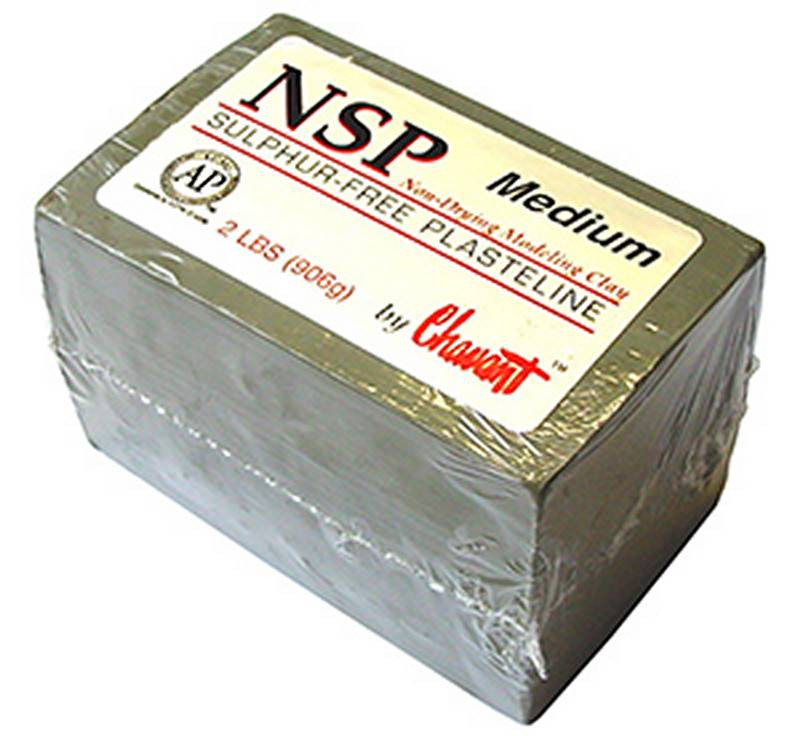
For most of the sculpture, you’ll only need to use your hands and fingers to add the clay and shape it. You’ll find that this is the quickest way to sculpt, but once you get into the details, that’s when you’ll need the right tool to shape the clay more precisely.
Gesture and Underlying Forms
Once you’ve got the armature covered in clay, make sure that you have the correct gesture. It’s fairly easy to make large changes early on but once you start working on the details, it becomes more and more difficult to make those changes without having to redo everything.
When checking your gesture, look at the sculpture as a whole and try to get a sense of things like the proportions of the head compared to the neck, or the top of the jaw compared to the bottom jaw. Making these comparisons and observing how each element relates to the other elements is important at each stage of the process.
Do you remember the videos on the robo-bean and mannequinization? Where Stan showed you how to represent the complicated forms of the body as basic geometric forms like boxes and cylinders? That’s basically what I’m trying to do at this stage. I’m trying to create a kind of geometric dragon that helps me better visualize the overall shapes and lets me see if the sculpture is symmetrical. If I had more experience and knowledge about how to create this dragon, I might have started more organically. But I’ve found when you are sculpting something new and complicated, it helps to break it up into some simple basic forms that have clearly defined planes.
If those underlying forms are off, the sculpture won’t look right no matter how much cool detail you put on top of those sloppy forms.
I like to draw a clear centerline to help me as I sculpt. It’s important when working in 3D to be able to always identify the centerline of the sculpture. This dragon is in a very symmetrical pose and its primary gesture is the s-curve of the neck, but if this was a more dynamic pose that was twisting or turning, a correct center line would be even more essential. Once I have the centerline clearly marked I can get a better idea of the proportions and symmetry as I’m working.
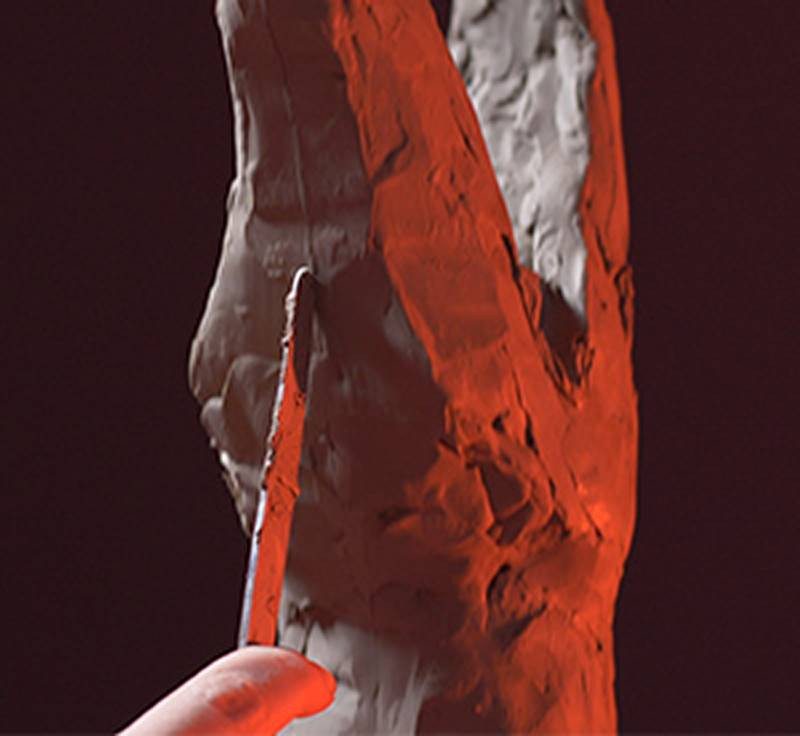
Spines, Horns, and Teeth
For the spines on the back of the dragon’s neck, I used additional wire inserts to help support the clay. If you’re gonna sculpt fantasy creatures, especially things with spikes and pointy teeth, you’ll need to think of ways to support that clay in some of those areas.
I bent out some wire and attached it to the sculpture by warming the clay, placing the wire, and then building up the clay around the base of the wire. I’m gonna be honest and tell you that I shouldn’t have used this method for the spines on the back of the neck, because once I added clay and then used the tools to carve away, I found that the wire just got in the way and kept me from being able to change things up later in the process.
If I was to redo it, I would have only used the wire support for the large horns. And that’s the thing about sculpting; until you try something, you really don’t know what the best method is for you. Sometimes you just have to go for it and hope for the best.
Try to work evenly throughout the sculpture. It’s easy to get caught up in one area for too long and develop tunnel vision. You’ll stop seeing that area in the context of the whole. If you work a single area or angle for hours without stepping back, you may find that the proportions are off and you need to re-do a lot of work. To avoid this try to work evenly and constantly move around the sculpture, or if you’re lazy like me and have a lazy susan, you can just turn the sculpture.
It also helps to take frequent breaks and step back away from the sculpture to look at it from a distance.
Once the sculpture starts to take shape and the underlying forms begin to look how you want, it’s time to start thinking about the details that will make the sculpture come alive. This dragon is all about spikes, horns, and teeth. I knew I didn’t have time to place each spike exactly or even place as many as there were supposed to be, but with sculpture you’ll find that if you get the general masses correct, it will start to feel right.
I will tell you, it was difficult to create perfectly sharp horns, spikes and teeth with chavant medium clay. If I would have had double the time, I might have used Chavant NSP hard which, when cool, is almost like carving wax. It’s nice and hard and it’s great for holding detail. But because this was a fairly quick sculpt, I think the medium clay was the right choice, since it allowed me to use mostly my fingers to shape the clay.
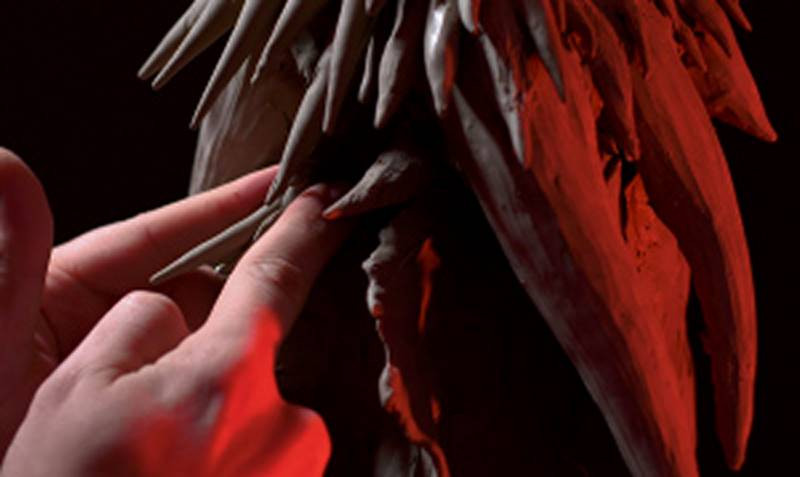
I made the spikes by rolling long cones of clay and attaching them to the dragon with a tool or my finger. For stuff like this, you’ll want to press your fingers down firmly around the base of the cone so the spikes don’t fall off easily. You can see how these details really start to bring the dragon to life.
Texture
Before you think about what kind of surface texture you want, take some time to make sure the underlying primary and secondary forms of the sculpture are correct. I often see beginner sculptors create some wicked textures on the surface but because the underlying forms were not working it still looks clumsy. There are many different techniques that you can use to create texture.
For example a cool trick for creating texture for wrinkles is to use a piece of plastic and then a sharp tool to run across the surface. The plastic gives a more organic rounded edge to the wrinkle so you don’t have to go back over the area and soften the hard edges that the tool will make on its own. When using this technique, you want to vary your strokes and pressure so that it looks organic. For some areas, like those around the teeth I applied more pressure for deeper creases. You can also roll small bits of clay into a ball and place them on the surface, and then smooth it out to give it a more organic surface.
If you apply texture to a small area it may look weird, but as you continue the texture throughout it will start to look more natural. Whatever surface texture you decide on, try to make it consistent, though you don’t always have to represent each area with the same amount of detail. For example, I’m not worried about the texture on the neck being as detailed as the head, so I just use a rake tool to make a rough criss cross texture that fits in with the rest of the sculpture without taking hours and hours to work on.
Final Thoughts
This was actually the first sculpture I’ve made that wasn’t based on the human figure. I mention this so you can see that once you learn the fundamental principles of sculpture you can really apply those principles to pretty much anything.
I had a lot of photo references, I made a small maquette model ahead of time to capture the gesture and proportions, I did my homework on surface textures I could use, and because I only had a limited amount of time to film at the Proko Studio, I made a plan with timed goals for when I would accomplish each step of the process.
And there you have it! I really do hope this gets you excited to start sculpting.
The Proko team and I are working hard to create a sculpture fundamentals course for you guys. Man, I’m excited for that! We’ll go over all the fundamental sculpture techniques that I learned while getting my Bachelor of Fine Arts Degree in sculpture. There will be a lot of free content and the Premium course will cost you a lot less than I spent learning how to sculpt.
You can follow the newsletter or stay subscribed to the channel to get updates on when the course will come out
If interested you can follow me on instagram
Now go make something awesome and I’ll see you guys again soon in the sculpture fundamentals course!

